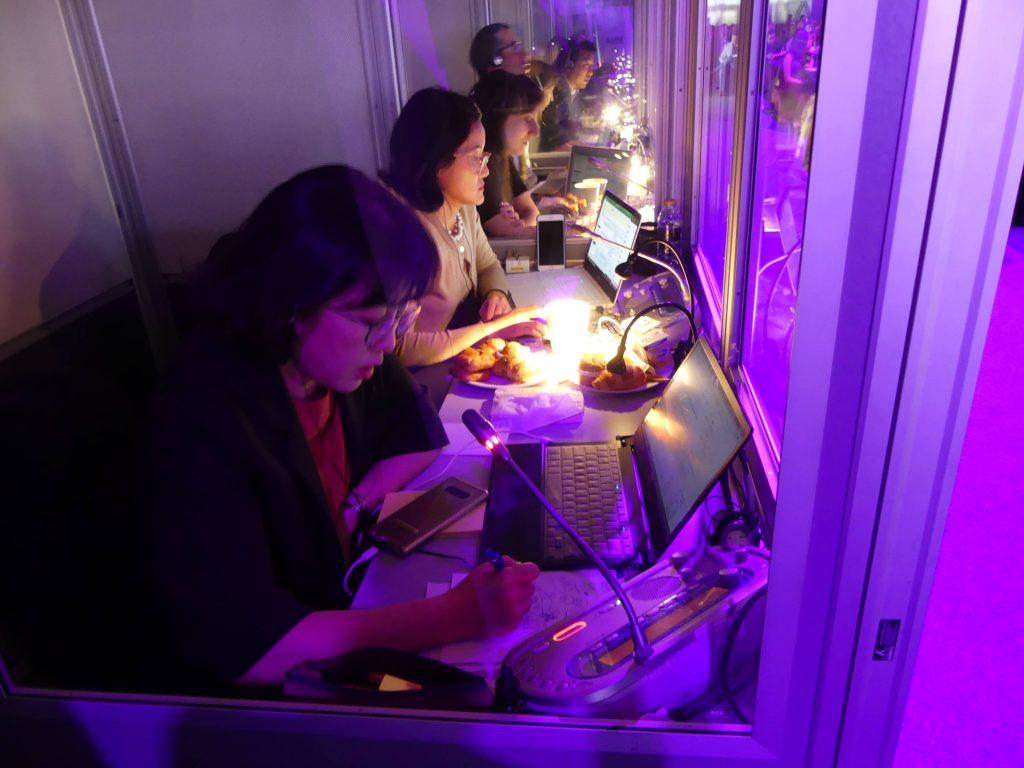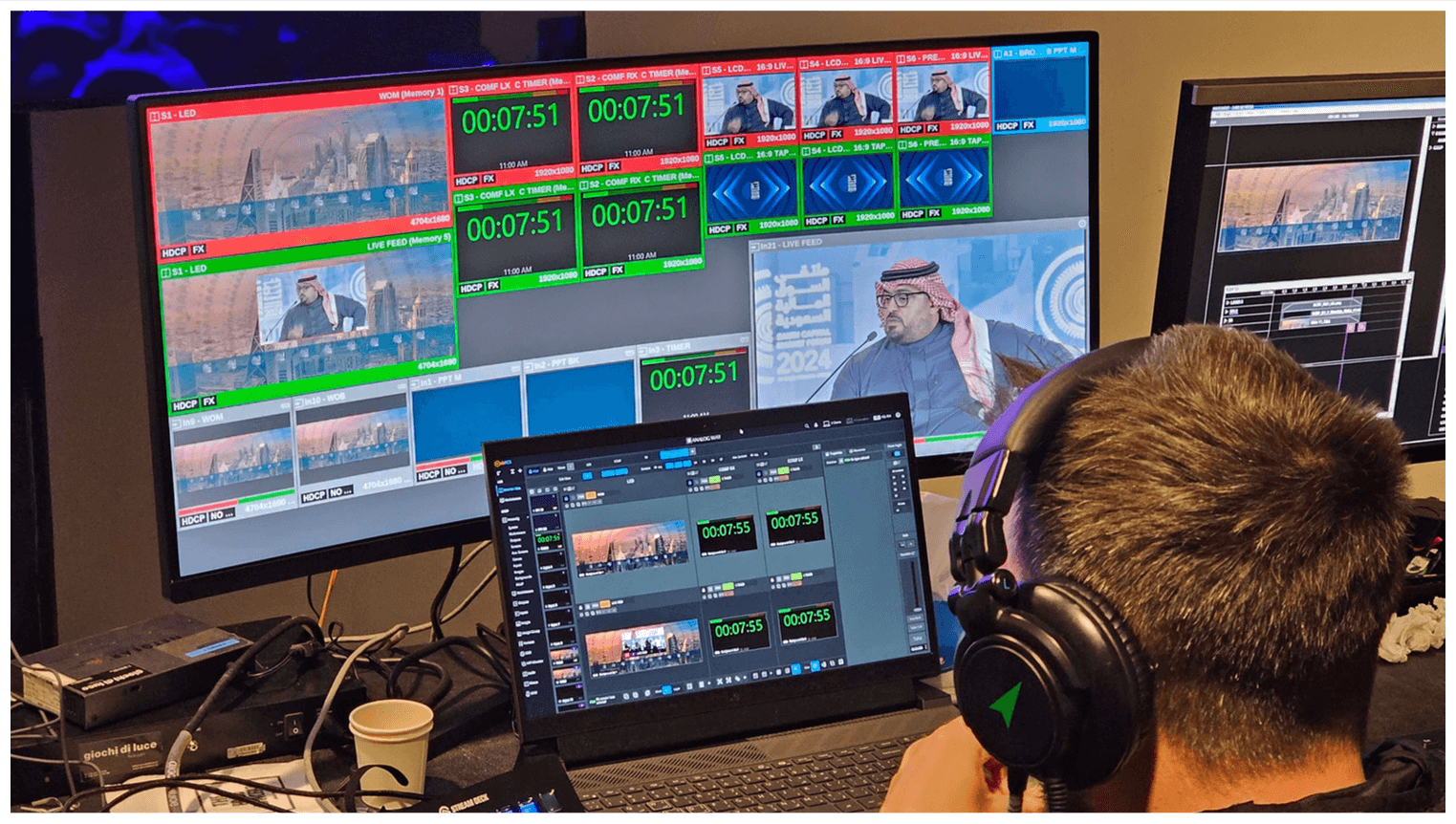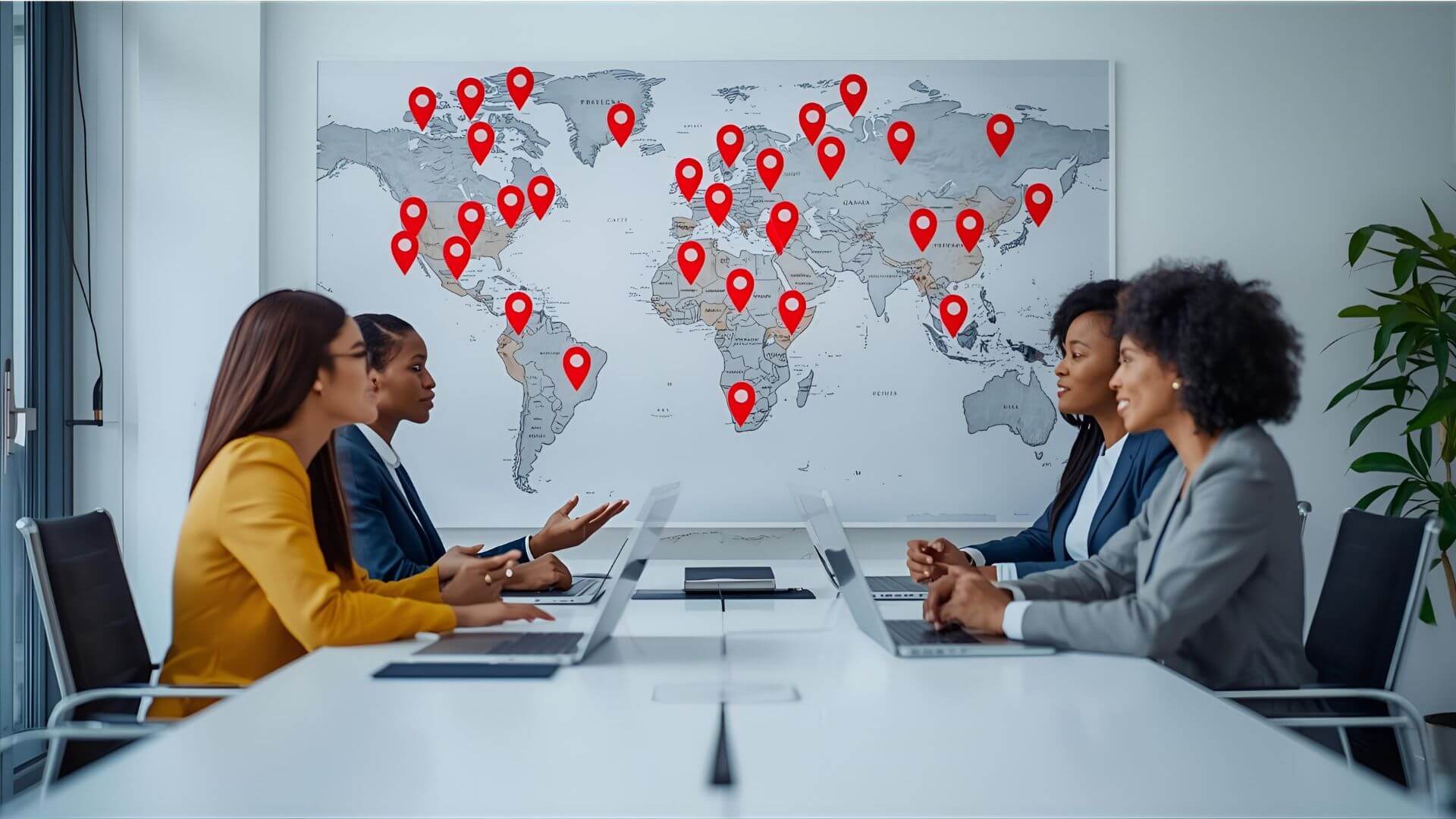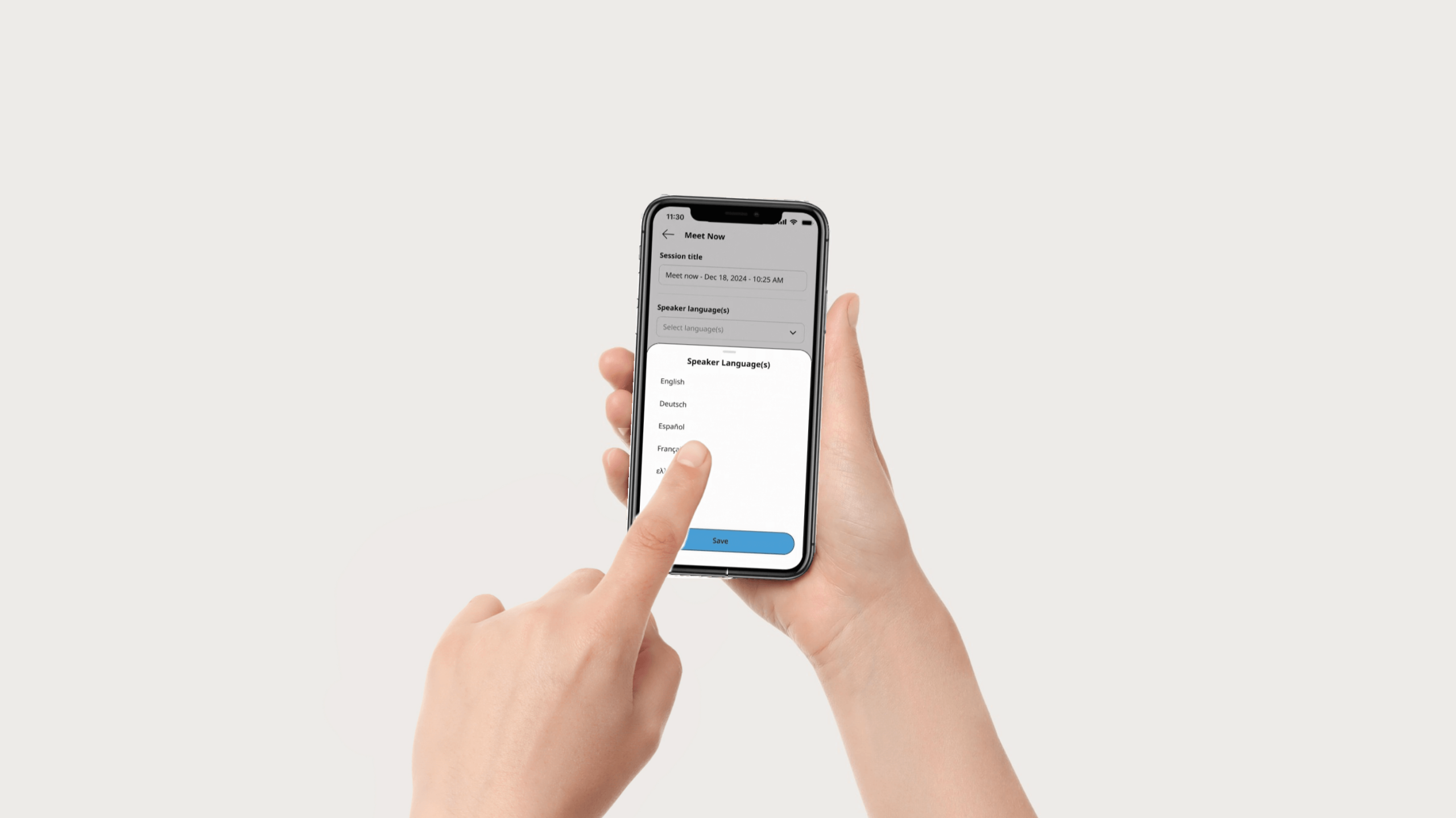Researched and written by Evan – ~4 min read

Planning an event with a multilingual audience? Great! But now you’re asking yourself: “How many interpreters do I actually need?” It’s a common question and an important one. Get it right, and your event flows smoothly. Get it wrong, and you risk misunderstandings, fatigue, or even awkward silences.
No worries, Langpros is here to help you figure it out, without overcomplicating things. Whether you’re hosting a conference, a corporate roundtable, or a high-level delegation meeting, this guide will walk you through everything you need to know.
Why Interpreter Count Matters
Having too few interpreters can lead to burnout and miscommunication. Too many, and you’re overspending. The sweet spot? Enough skilled professionals to ensure accuracy, efficiency, and audience engagement without stretching your budget.
Step 1: Know Your Interpreting Mode
First things first: What type of interpreting are you using?
Simultaneous Interpreting
This is the kind used in large conferences or live-streamed events where interpreters translate in real-time as the speaker talks. It’s mentally intense, so:
- You need at least 2 interpreters per language pair.
- They’ll switch every 20–30 minutes to avoid fatigue.
For a full-day conference in two languages (say, English–Arabic), you’ll need 4 interpreters minimum (2 per direction).
Consecutive Interpreting
Used in smaller meetings or panels. The speaker pauses so the interpreter can translate.
- Often, 1 interpreter per language can suffice.
- If it’s more than a couple of hours, consider a backup or rotation.
Liaison or Escort Interpreting
Ideal for guided tours, networking, or small group interactions.
- Usually 1 interpreter per group/language pair is enough.
- If groups are large or moving around, add more for coverage.
Step 2: Look at Your Audience and Languages
Ask yourself:
- How many languages do I need to cover?
- Will everyone need interpreting, or just a portion of the audience?
- Are we doing one-way interpreting (just to the audience) or two-way (dialogue-style)?
Example: A 200-person event with English as the main language and 50 guests needing French translation would require at least 2 French interpreters (for simultaneous mode). If you add Spanish? That’s another 2. Now you’re at 4.
Step 3: Consider Duration and Breaks
Interpreters are linguistic athletes. They need rest to stay sharp.
- For sessions under 60 minutes, 1 interpreter might work (for less demanding formats).
- For anything longer or more complex? 2 interpreters minimum per language.
- Don’t forget lunch and coffee breaks, they matter for interpreters, too!
Step 4: Think About Tech Setup
Using a silent conference system, remote interpreting, or hybrid format? You might need:
- Additional tech-savvy interpreters
- Backups for smooth handovers
- A technical support team
At Langpros, we also help you assess venue acoustics, equipment needs, and the best-fit tools for interpreting delivery (IR systems, Zoom RSI, interpreter booths, you name it).
Bonus Tips from the Langpros Team
- Ask the experts early: The earlier we’re involved in planning, the better we can advise you on logistics and avoid surprises.
- Tailor the team: We match interpreters not just by language, but by topic expertise (legal, medical, diplomatic etc).
- Consider cultural nuance: The right interpreter isn’t just fluent, they’re culturally attuned to your audience.
Quick Interpreter Count Guide
| Event Type | Interpreting Mode | Interpreter Count |
|---|---|---|
| 1:1 Business Meeting | Consecutive | 1 per language |
| Half-Day Panel | Simultaneous | 2 per language |
| Full-Day Conference | Simultaneous | 2+ per language |
| Hybrid Webinar | Remote Simultaneous | 2+ per language |
| Delegation Visit | Liaison/Escort | 1 per group |
Need Help Figuring It Out?
At Langpros, we don’t just provide interpreters, we provide tailor-made solutions. From helping you calculate the exact number of interpreters to advising on the best tech setup, we’ve got your back.
Let’s make your multilingual event a success together.
Contact us today to plan smart, communicate better, and connect across languages.





